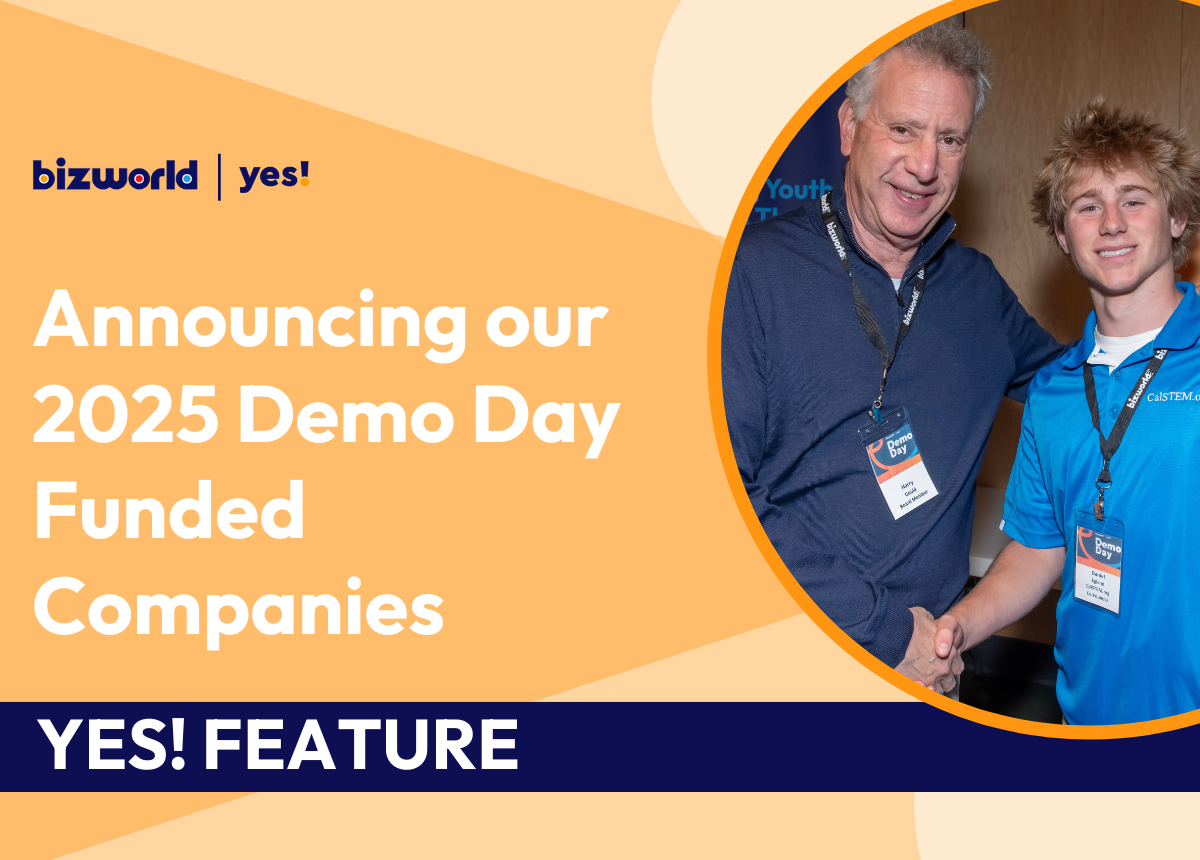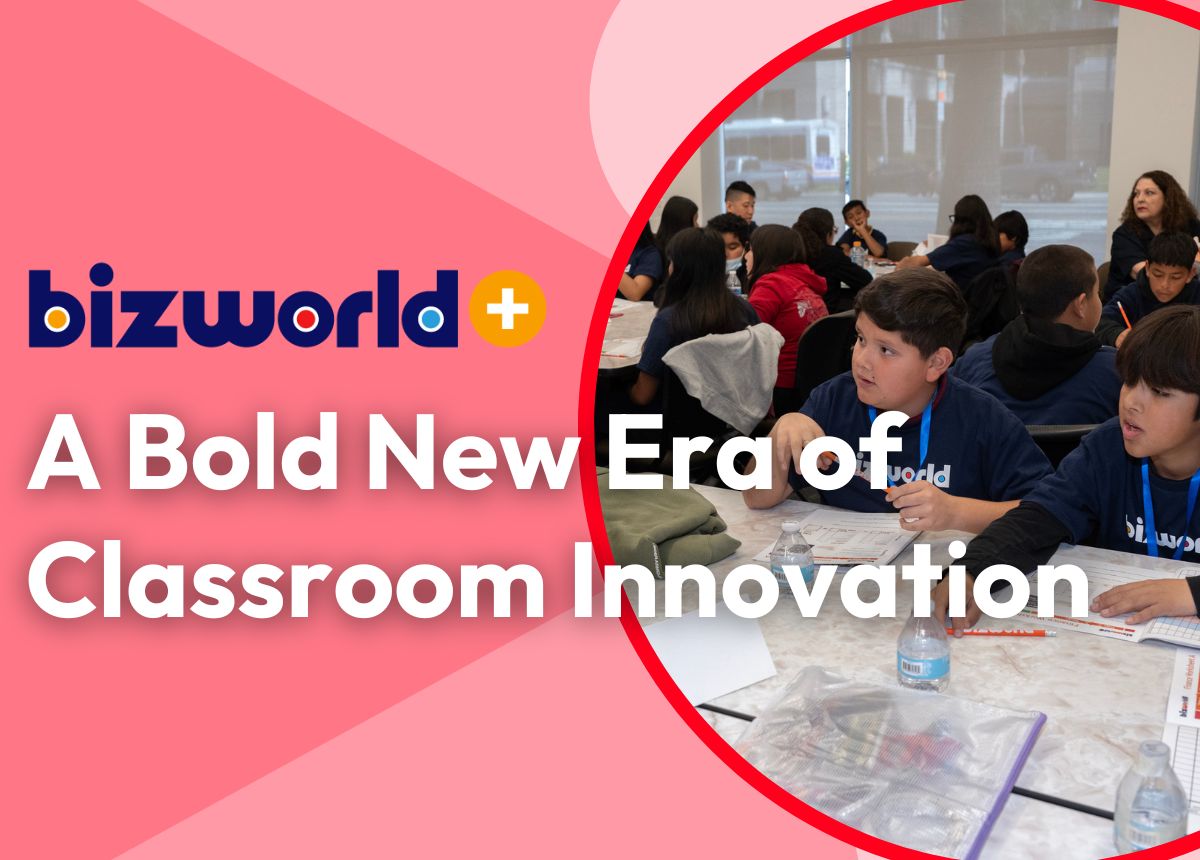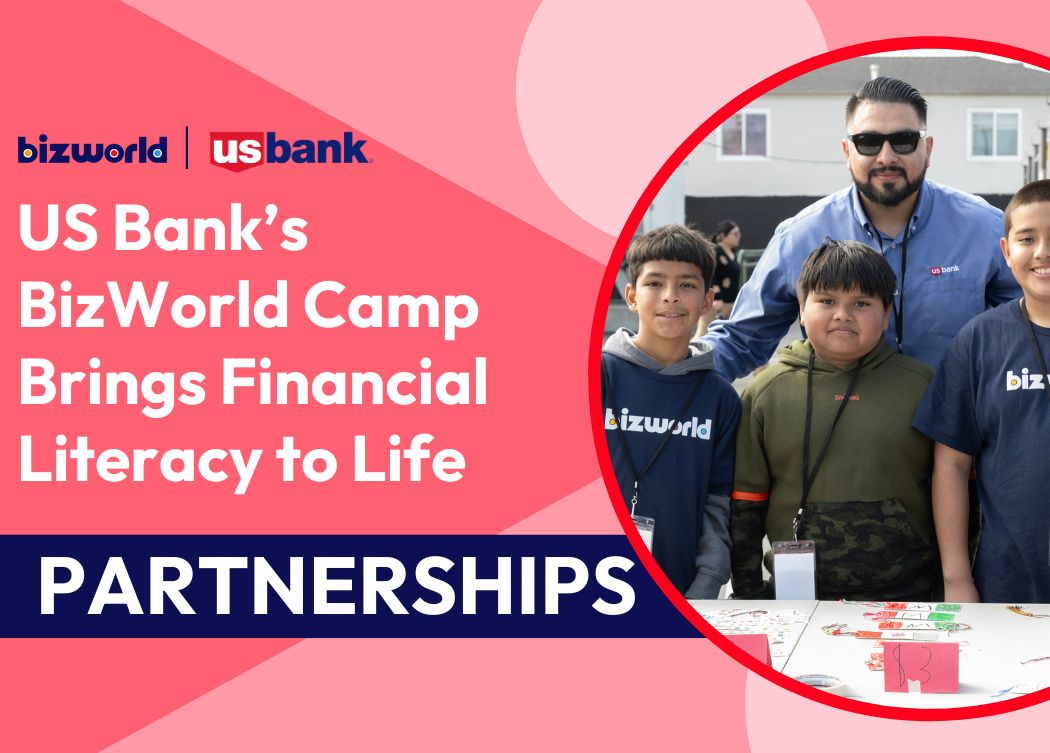Learning through play is a powerful and dynamic approach to early childhood education. It fosters the holistic development of children, nurturing their cognitive, social, emotional, and physical growth. The idea that children learn best when they are actively engaged in playful activities is supported by various educational theories, including Piaget’s constructivism, Vygotsky’s social learning theory, and modern child development research. Through play-based learning, children are not just recipients of knowledge but active participants in their educational journey. In this approach, learning is integrated with fun, creativity, and curiosity, enabling children to develop essential skills while enjoying the process. This article explores the various facets of learning through play, such as interactive learning, hands-on experiences, and problem-solving through play. Additionally, we will examine the role of specialized programs like BizWorld, which integrates play with real-world skills such as entrepreneurship and financial literacy, promoting learning in engaging and innovative ways. Play-Based Learning: A Foundation for Growth Play-based learning refers to an educational framework in which play is the primary vehicle for learning. In this environment, children are encouraged to explore, experiment, and create, while developing a deep understanding of the world around them. Rather than focusing solely on traditional academic achievements, play-based learning emphasizes creativity, critical thinking, and collaboration. This form of learning allows children to make sense of their experiences, take ownership of their learning, and connect new knowledge with prior understanding. One of the core elements of play-based learning is that it is child-centered, meaning that the needs and interests of the child guide the learning process. Teachers and caregivers serve as facilitators, offering guidance and support while allowing the children to lead their own learning journey. This approach nurtures a sense of autonomy and self-confidence, as children are encouraged to explore their environment at their own pace. Interactive Learning: A Dynamic Process Interactive learning is a key aspect of learning through play. Unlike traditional methods where children passively absorb information, interactive learning promotes active participation. In this context, learning becomes a two-way process where children communicate, ask questions, and collaborate with peers, teachers, and the world around them. This form of learning enhances children’s social skills, as they engage in discussions, negotiate roles, and share ideas during play. Interactive play encourages children to solve problems and make decisions, fostering critical thinking and adaptability. For example, when children play pretend games, such as setting up a store or restaurant, they learn about money, organization, and the importance of teamwork. In the process, they gain problem-solving skills and social awareness, which are essential for their future development. Hands-On Learning: Engaging the Senses Hands-on learning is another central component of play-based education. By physically interacting with objects and materials, children are able to learn through direct experience. This sensory engagement helps children to internalize concepts in a way that purely theoretical learning cannot. Hands-on activities, such as building with blocks, playing with sand or water, or engaging in arts and crafts, allow children to develop fine motor skills, spatial awareness, and coordination. One example of hands-on learning is through sensorial play, which involves activities that stimulate a child’s senses—sight, touch, smell, taste, and hearing. Sensorial play is particularly important in early childhood education, as it enables children to refine their sensory perception and connect sensory experiences to cognitive understanding. For instance, when children engage in activities that involve sorting objects by color or texture, they are not only developing their sense of touch and sight but also learning about categorization, classification, and problem-solving. Language Development Through Play Language development is another critical area that benefits greatly from play-based learning. Through play, children acquire new vocabulary, practice sentence structures, and learn the rules of social interaction. For example, when children engage in role-playing or storytelling, they are developing their expressive language skills by practicing dialogue, narrative structure, and pronunciation. Moreover, interactive play with peers and adults offers children opportunities to practice listening, taking turns in conversation, and understanding the perspectives of others. Educational games also play a significant role in language development. Games that require children to follow directions, identify objects, or match words to pictures provide opportunities for children to build their vocabulary and improve their comprehension skills. Language-rich play activities not only promote verbal communication but also contribute to literacy development, preparing children for later academic success. STEAM Education Through Play An increasingly popular educational framework that incorporates learning through play is STEAM (Science, Technology, Engineering, Arts, and Mathematics). STEAM education emphasizes the integration of these subjects through creative and interactive activities, encouraging children to explore these areas in a hands-on, exploratory way. Play-based learning in the context of STEAM education involves activities like building simple machines, experimenting with materials, or engaging in artistic expression that integrates science and engineering principles. For example, a child might use blocks to build a bridge, testing its strength with different materials and learning about concepts such as balance, force, and gravity. Alternatively, a child could engage in art projects that involve symmetry or patterns, combining creativity with mathematical principles. Through STEAM play, children develop problem-solving skills, curiosity, and a love for discovery, preparing them for future academic and career paths in these fields. Outdoor Learning: Exploring the Natural World Outdoor learning is another essential aspect of play-based education, particularly in the early years. By spending time outdoors, children can connect with nature, engage in physical activity, and explore new environments. Outdoor play promotes physical development, as children run, climb, and play games that improve their coordination, strength, and agility. Moreover, outdoor play provides opportunities for children to learn about ecosystems, weather, and biodiversity through direct observation. Whether they are collecting leaves to learn about plant life or experimenting with natural materials like sand and water, outdoor play helps children develop an appreciation for the environment. It also fosters a sense of independence and resilience, as children learn to navigate outdoor spaces and take on challenges such as climbing trees or building structures in the dirt. Collaborative Play: Building Social Skills One of the











